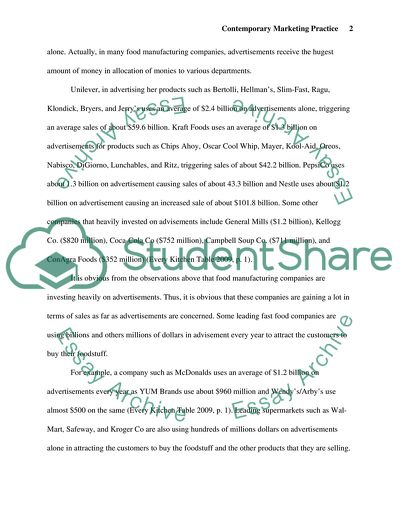Cite this document
(“Contemporary Marketing Practice Essay Example | Topics and Well Written Essays - 2250 words”, n.d.)
Contemporary Marketing Practice Essay Example | Topics and Well Written Essays - 2250 words. Retrieved from https://studentshare.org/marketing/1590377-contemporary-marketing-practice
Contemporary Marketing Practice Essay Example | Topics and Well Written Essays - 2250 words. Retrieved from https://studentshare.org/marketing/1590377-contemporary-marketing-practice
(Contemporary Marketing Practice Essay Example | Topics and Well Written Essays - 2250 Words)
Contemporary Marketing Practice Essay Example | Topics and Well Written Essays - 2250 Words. https://studentshare.org/marketing/1590377-contemporary-marketing-practice.
Contemporary Marketing Practice Essay Example | Topics and Well Written Essays - 2250 Words. https://studentshare.org/marketing/1590377-contemporary-marketing-practice.
“Contemporary Marketing Practice Essay Example | Topics and Well Written Essays - 2250 Words”, n.d. https://studentshare.org/marketing/1590377-contemporary-marketing-practice.


